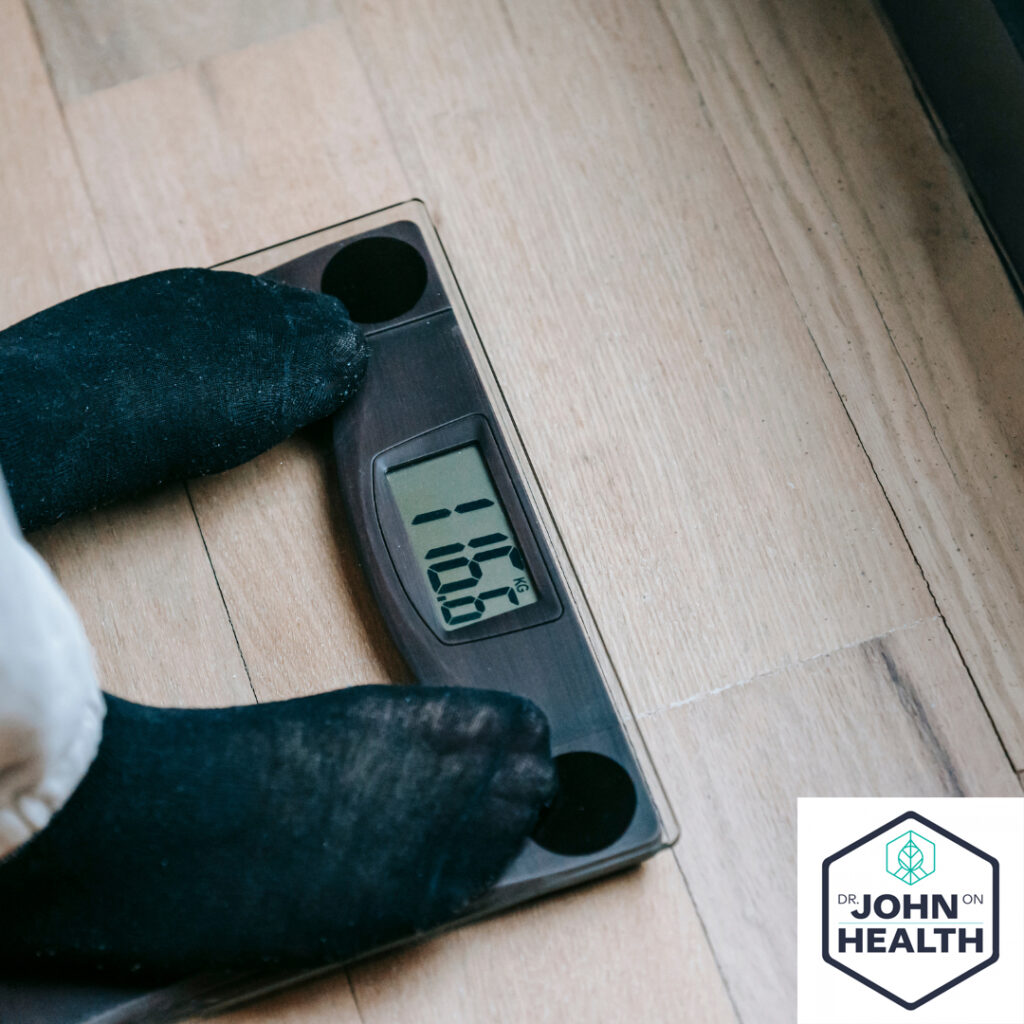Weight Gain and Obesity Are The Other Effects of Eating Grains
 A study published in the Lancet in May 2014, showed that worldwide, the population of adults with obesity increased between 1980 and 2013 from 28.8% to 36.9% in men, from 29% to 38% in women. During the same period, the prevalence of obesity increased significantly in children and adolescents in both developed and developing countries. In fact, the prevalence of obesity was over 50% in women in Kuwait, Libya, Qatar, Tonga and Samoa.
A study published in the Lancet in May 2014, showed that worldwide, the population of adults with obesity increased between 1980 and 2013 from 28.8% to 36.9% in men, from 29% to 38% in women. During the same period, the prevalence of obesity increased significantly in children and adolescents in both developed and developing countries. In fact, the prevalence of obesity was over 50% in women in Kuwait, Libya, Qatar, Tonga and Samoa.
Being overweight and obesity are becoming accelerating health issues in many countries. Why?
From my research, they are linked to our increasing consumption of grains, just as diabetes is. Consuming grains creates unexpected cycle of peaks and valleys in blood sugar that forces changes in the ways humans eat. It is a seemingly unintentional but dangerous perversion of human natural eating habits that leads to weight gain and more often, obesity. Let me explain.
The human food intake system and regulatory behavior was established tens of thousands of years prior to the start of grain cultivation. Humans, like any living creature, eat to acquire nutrients needed for various metabolic activities in the body. Although the human body uses over 100 different nutrients, we have only one sensation, hunger, to notify us to acquire them in a timely fashion. Each episode of hunger is based on a different set of needed nutrients. The brain guides us to obtain nutrients we need in the moment by creating a desire or craving to eat certain foods.
For foods available in nature (vegetables, fruits, tubers, nuts), the elevation of glucose level in the blood after a meal is very gradual and modest relative to baseline blood sugar values. This is because these foods containing sugar & starch require chewing & digestion before yielding glucose for absorption into the body.
When we consume grains (a relatively recent food source in human existence), however, our blood sugar shoots up unnaturally high, which triggers our body to produce more insulin to help get the glucose into cells, especially muscle cells. Within 2 to 3 hours of eating, our blood glucose level then drops, sometimes below normal range. The brain then believes the situation is dire, as it needs glucose to survive. It sends signals to produce more glucose in the liver, as well as the hunger signal to tell us to eat something. We feel hungry as our body now craves glucose to raise our blood sugar level back up again.
A cycle of grain consumption, low blood sugar, hunger, then eating more grains
This pattern of a rapid rise of blood sugar followed by its drop below normal levels is the link to overeating, weight gain and obesity. Here’s why.
When we feel hungry after eating grains and now driven by very low blood sugar, we often end up eating more foods with high glucose content, especially more grains. This explains why the following is a typical scenario in nearly every country of the world. We eat a morning breakfast such as cereal, toast, bagel, muffin, pancake, croissant, waffle, roll, etc. which leads to the rise, then fall of blood glucose. The low blood sugar then triggers the desire to have a mid-morning snack, because one feels lethargic and hungry.
Then a lunch of sandwiches, pasta, pizza, noodles, etc. leads to yet another peak and valley of our blood sugar, so we have a desire to have a mid-afternoon snack, often containing sugar, salt, and fats. An evening meal accompanied by rice, corn, breads, and ending with a grain-flour dessert adds yet more glucose into the body, again leading to an insulin surge and related eating response (a little before-bedtime snack).
In short, the traditional human eating behavior that would have been based more on the need for nutrients as detected by monitoring stations in the body has been usurped. Instead, food intake becomes driven by the need to rapidly restore a blood glucose level that was lowered by higher levels of insulin, which was itself induced by the elevated level of glucose coming from eating grains. It is a cycle of eating grain-based foods that triggers hunger that triggers eating more — hence weight gain and obesity.
What’s the solution? Avoid grain-based foods because it may not be easy to say no to eating when you are driven by low blood sugar hunger.
 Diabetes: The Real Cause & The Right Cure.
Diabetes: The Real Cause & The Right Cure.
8 Steps to Reverse Your Diabetes in 8 Weeks!!
I am proud to share this informative yet easy to use book that will help you or a loved one reverse their Type 2 Diabetes in 8 weeks. My plan will also help you to remain diabetes free as you will take this on as a lifestyle. Make better choices and take ownership of your health today!
Buy on Amazon.com
I thank you in advance for helping me spread word of this vital new information. Please leave a review on Amazon if you could be so kind. – Dr. John


